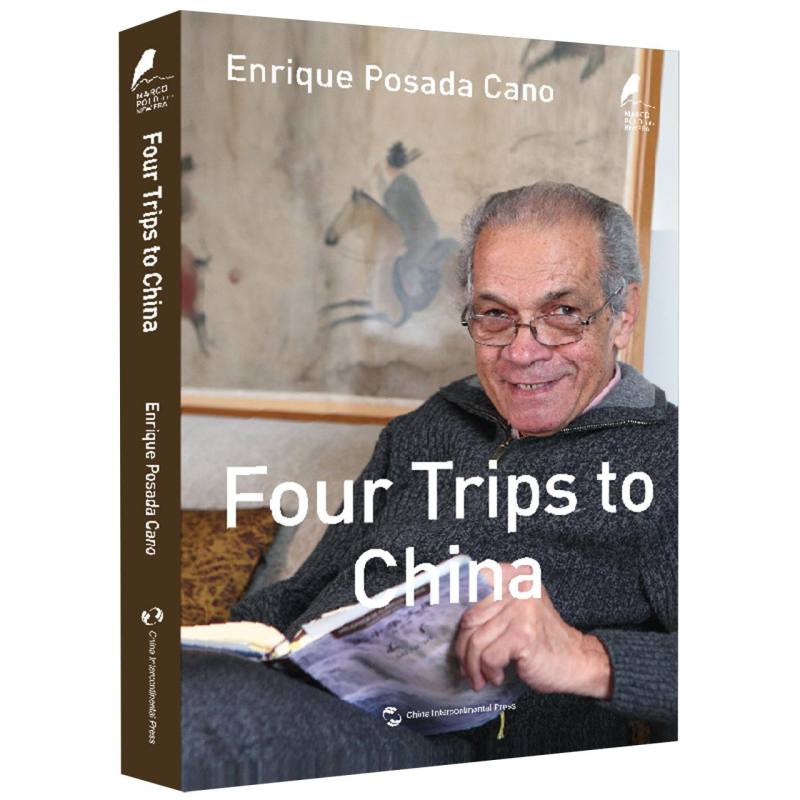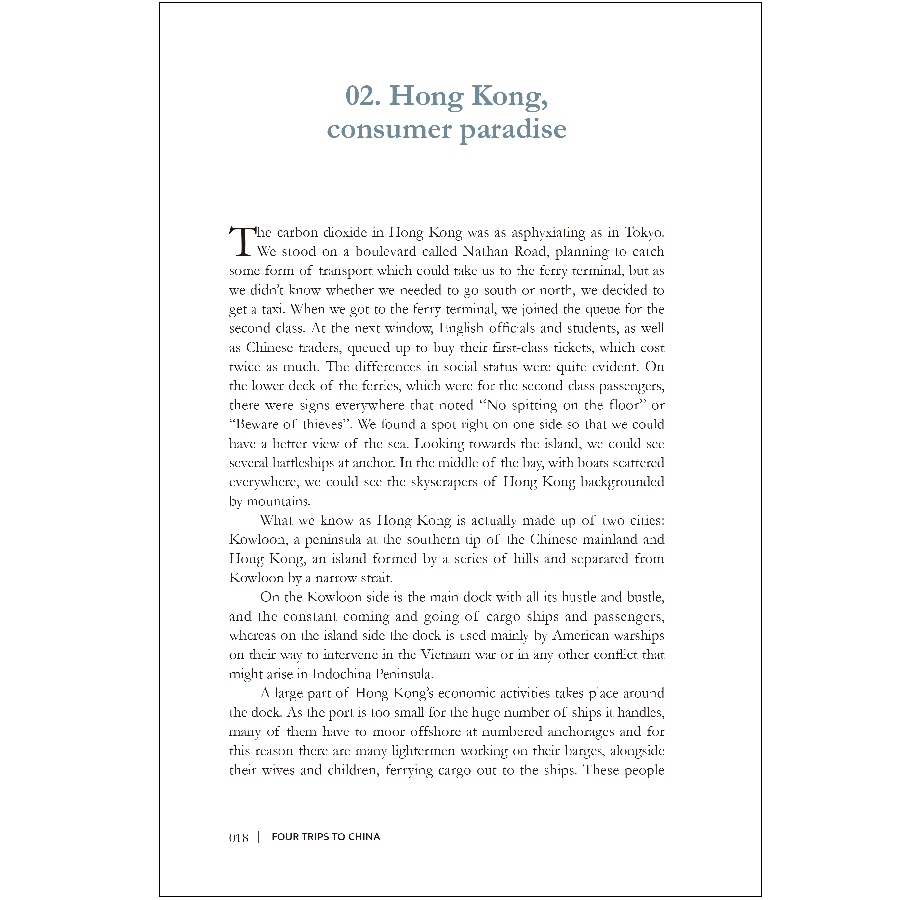
出版社: 五洲传播
原售价: 138.00
折扣价: 74.60
折扣购买: 新时代的马可·波罗丛书:四段中国之旅(英)
ISBN: 9787508547787

恩里克·波萨达·卡诺(Enrique Posada Cano),经济学家、作家、外交官,著名中国问题专家。曾任哥伦比亚驻中国大使馆领事、公使衔参赞、代理大使等,现任波哥大塔德奥大学亚太观察中心主任、孔子学院院长。他曾前后四次来华,在中国生活、工作了17年,作为中央编译局外国专家参与了《毛主席语录》《毛泽东选集》《邓小平文选》等书西班牙文版的翻译工作。
The more I reflect on it, the more I struggle to grasp the scale of the reform and opening-up that has evolved over the last decade. I watch the streets, I compare the people, the city, the traffic, the buildings, I see how they dress now, and I compare all that with when I first arrived here and sometimes, I think this is a different country. The signs of material progress are much easier to digest, such as the concrete towers rising from the ground on which the height of the buildings was limited. I remember this: The year was 1983 and I had just arrived in Beijing as First Counsellor at the Colombian Embassy when the politician Alfonso Gómez Gómez was ambassador. One day, we went to look for a used car that Gómez could use while he was waiting for his Toyota to arrive from Tokyo. The whole of the Sanlitun area, an international sector of Beijing, was then being rebuilt. Gómez compared the landscape of that part of town to a forest of cranes. The noise of excavators and cranes filled the whole area, and the dust of brick and cement from the demolitions stuck in one’s nose. But even then, the work was just beginning. I spent another three years there during my third stay and when I left Beijing, the second ring road had still not been built. In 1991, when I arrived in the country for the fourth time, I knew my way around the city as long as I used taxis or was with other residents. But it was when, stressed by taking taxis and watching my salary disappear on fares, I had no choice but to give in and buy an old Fiat, that I began to appreciate how much the city had changed with its three ring roads encircling the city, its flyovers built at regular distances over the roads, roundabouts with exits to motorways leading to towns and villages on the outskirts of the capital. The first night of that winter when we ventured out of the house, which was located in the west of the Xidan area, heading for our former residence, the Friendship Hotel, we were close to despair because, on the way back, every time we took an exit to go from north to south, we always ended up heading back towards the hotel. Natalia, my lifelong co-pilot, a firm believer of “asking will get you anywhere you want to go”, advised me to ask someone, which I did but, after all those years, Chinese sounded like a language from another world. I told myself I had to calm down, and the best thing was to stop the car and park up in a parking lot to consider what we should do. I told myself that Beijing was designed as a perfect grid. It was impossible to get lost. No matter what time it was, one could always tell where east was, and if one could locate east and given that man had discovered the compass in China, there was no way of getting lost. Guided by these thoughts, we were able, at about eleven o’clock at night to take the second ring road and head back to our hutong.


